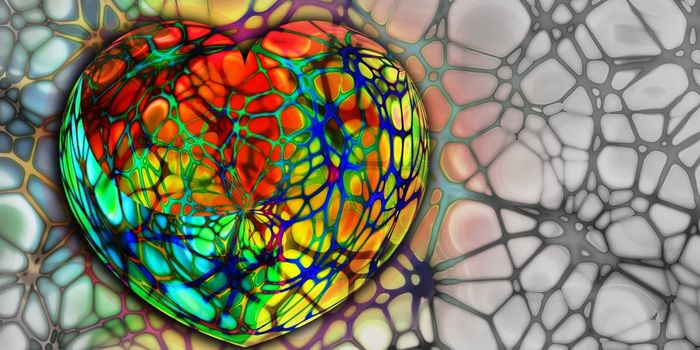The Food and Drug Administration (FDA) announced earlier this month that they would be banning 19 antimicrobial chemicals used in antibacterial soap products, to be phased out within one year. Just a week later, findings from a study at the University of Oregon linked levels of antimicrobial chemicals and antibiotic resistance genes, both of which were found in the dust of an old athletics and academics building.
The current findings from the
Environmental Science & Technology study do not confirm that the antimicrobial chemicals are causing the presence of antibacterial resistance genes, however; other studies have shown that some instances of antimicrobial chemicals in soaps can lead to an increase in antibacterial resistance genes.
According to the FDA, “there's no data demonstrating that over-the-counter antibacterial soaps are better at preventing illness than washing with plain soap and water.” While soap, void of antibacterial chemicals, may not kill bacteria during hand washing, it is still perfectly capable of removing the bacteria and flushing it down the sink with the water during washing. The bacteria don’t need to be killed, just removed.
"We don't have solid proof that putting antimicrobials in these products makes them any healthier, but we do know that triclosan in the environment can be harmful," explained Oregon’s Erica M. Hartmann, a postdoctoral fellow and leader of the study. Triclosan is a commonly used antimicrobial ingredient in many soap products, and it is one of the 19 chemicals the FDA is banning.
Triclosan is also one of the antimicrobial chemicals Hartmann and her team found in the aging building in their study. The recent Oregon study is the first to “document the coexistence of [antimicrobial] chemicals and [antibiotic resistance] genes in indoor dust.”
"We don't really know how the genes or the chemicals got there," said "They may have arrived by completely different routes and their being found together is a coincidence. However, we know that antimicrobial chemicals can cause an increase in antibiotic resistance in other situations, so I think these results provide a good reason to take a closer look at what's going on in dust."
Triclosan is thought to confer resistance to antibiotics through its connection to a gene that alters the ribosome, an RNA/protein complex that controls RNA translation. Several resistance genes have been identified as a result of the connection, most often a gene that confers resistance to tetracycline antibiotics, which are used to treat acne, rosacea, and, in the past, cholera.
“The building is still as safe as it was before the study, but now we have a better idea of how many antibiotic-resistance genes there are, and we have reason to believe that the amount of antibiotic resistance genes may be tied to the amount of antimicrobial chemicals,” Hartmann said.
Sources:
University of Oregon,
FDA,
NPR
Images: University of Oregon/Environmental Science & Technology, dailytech.com









